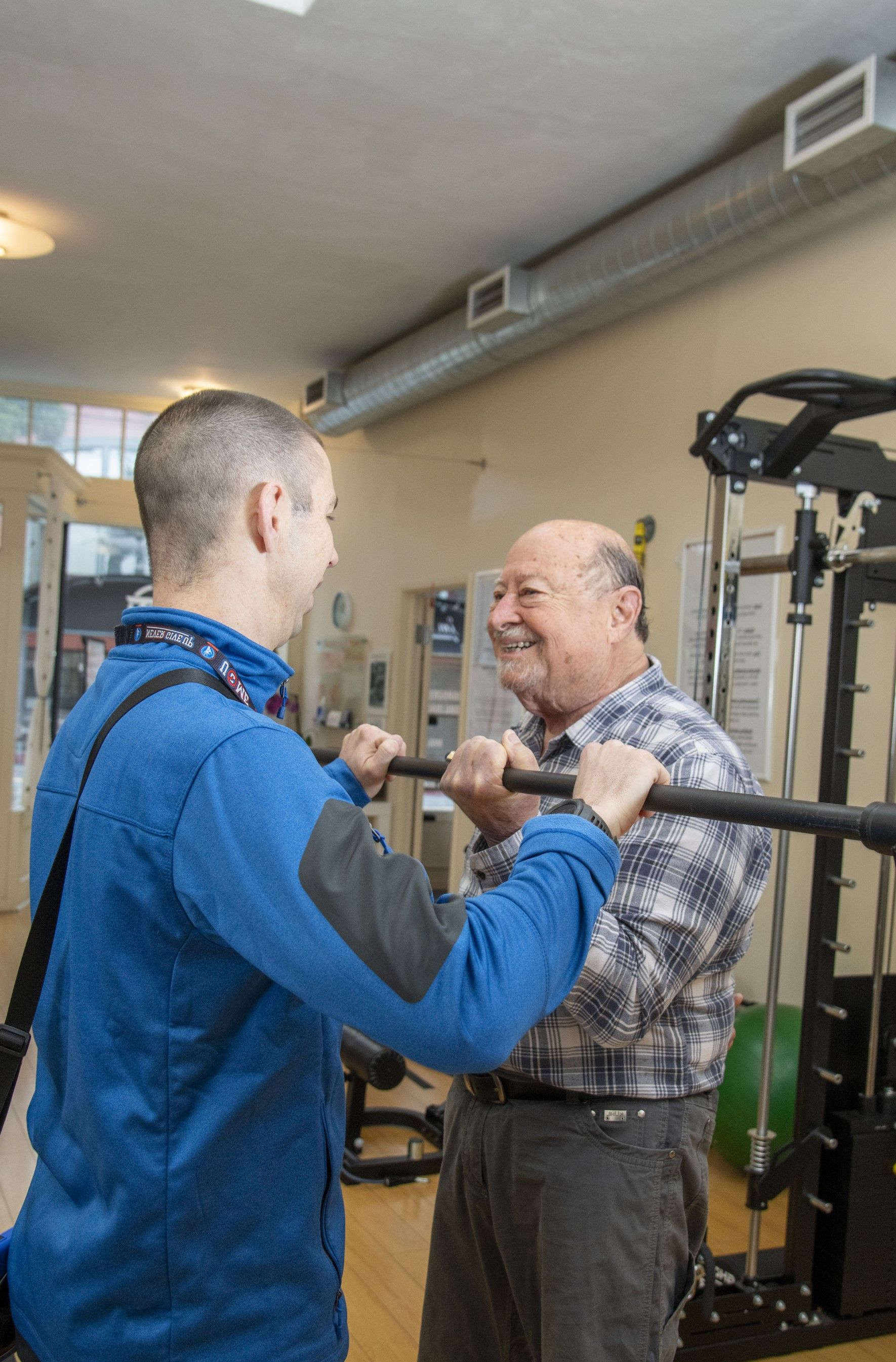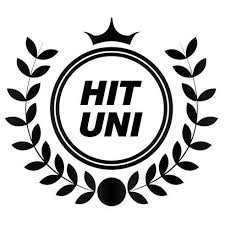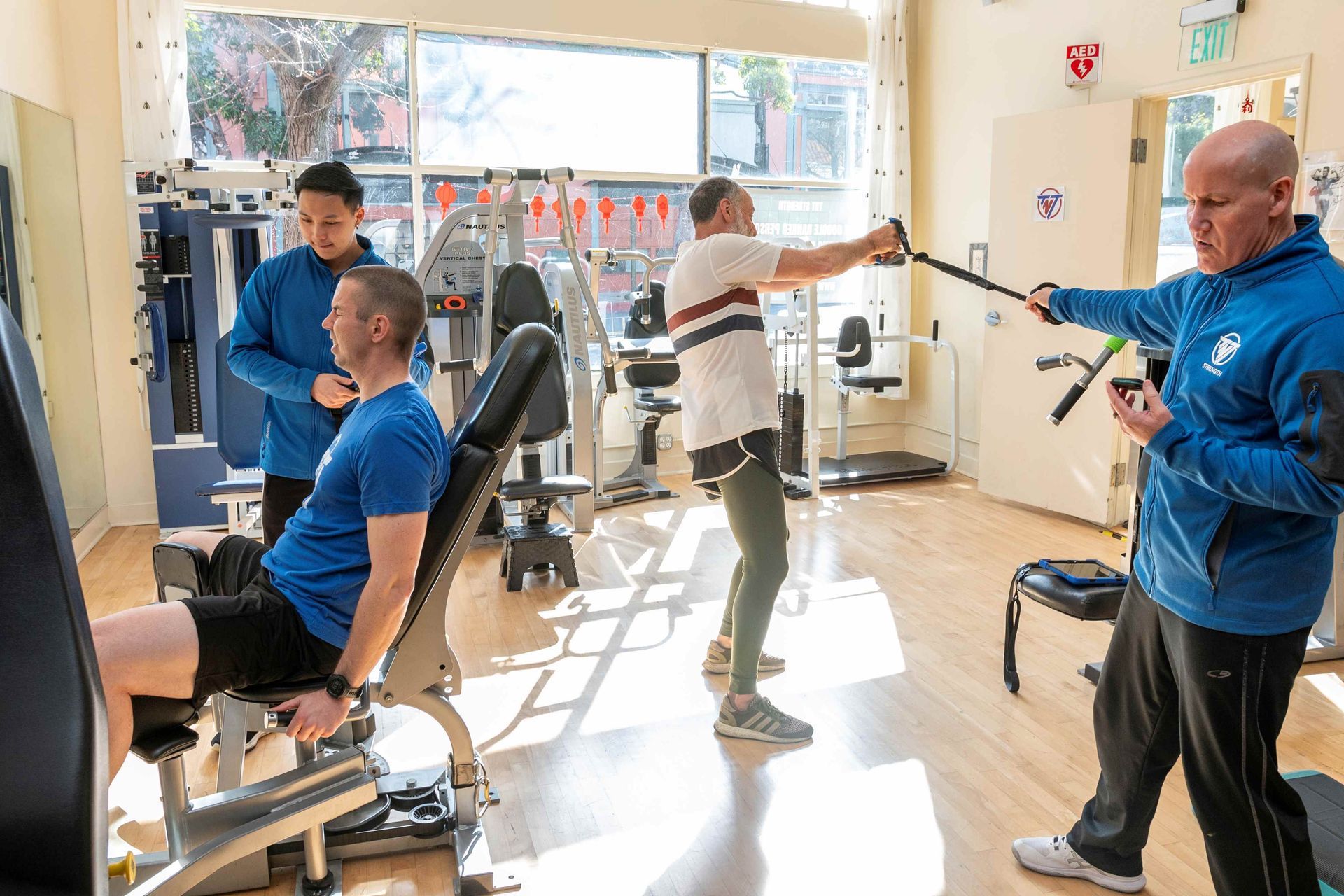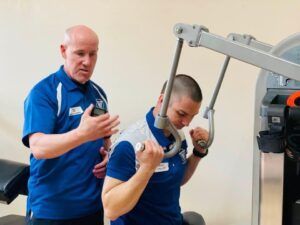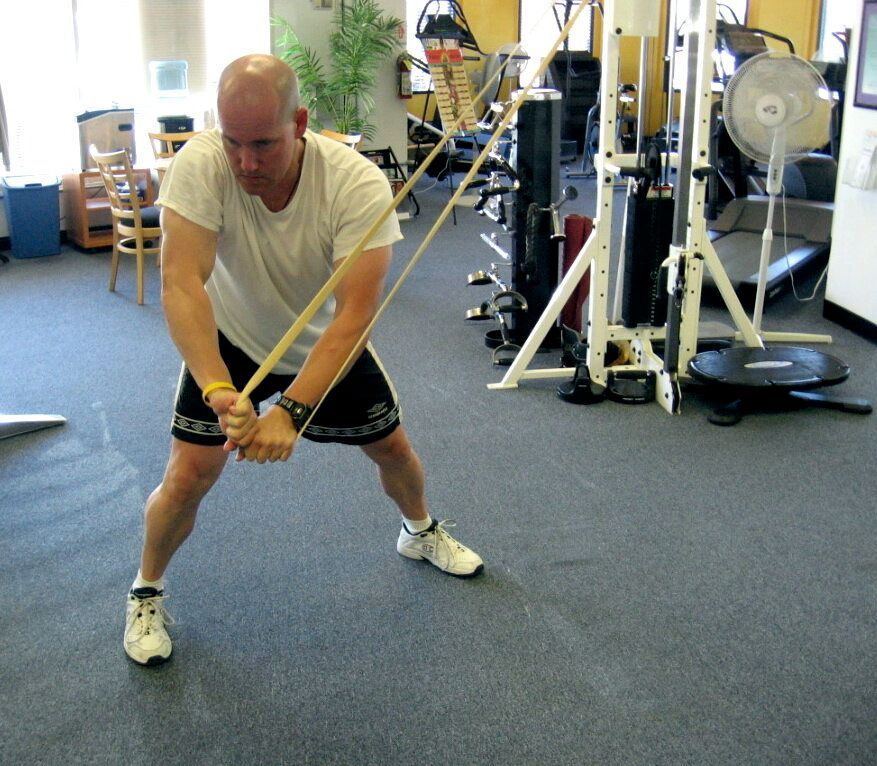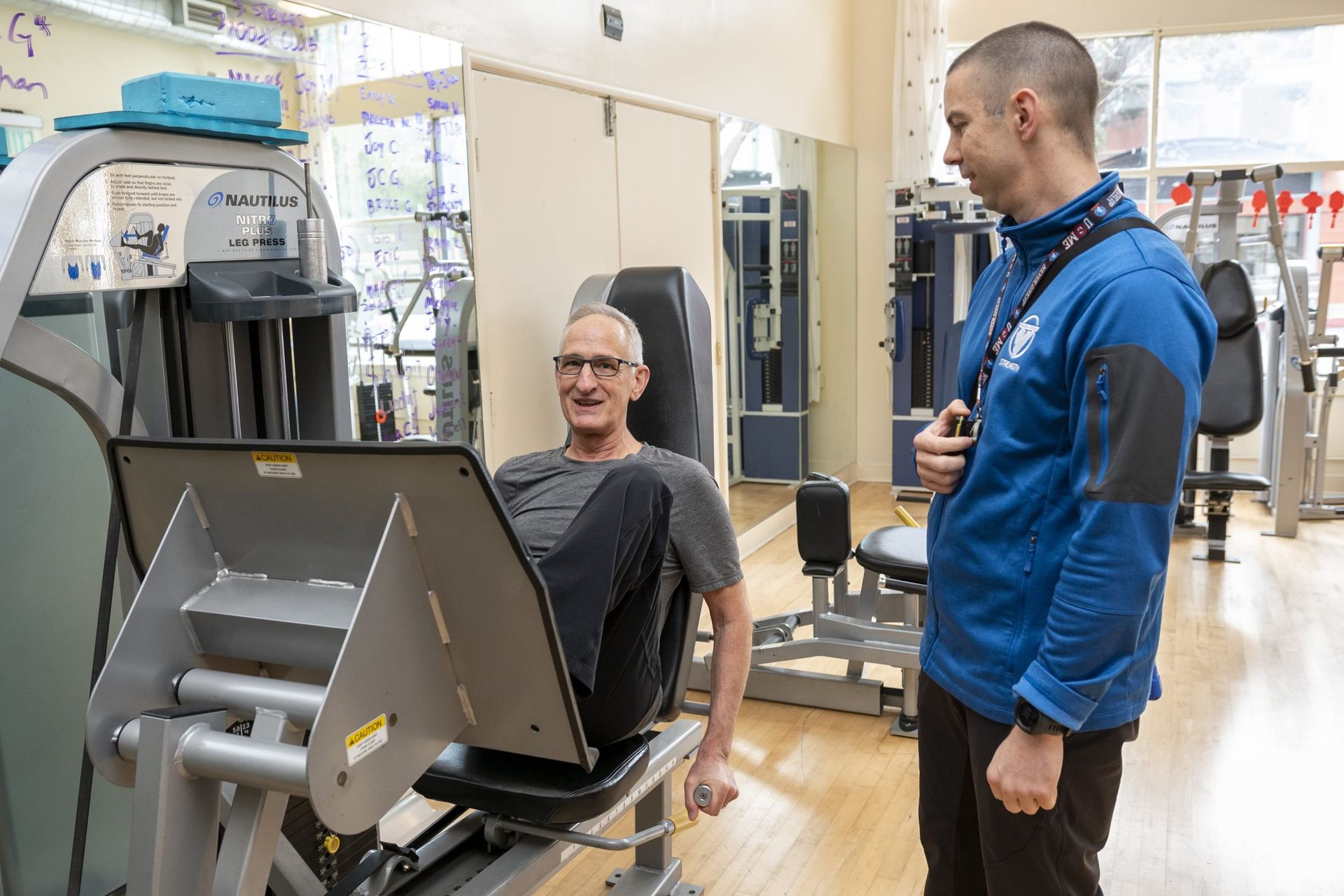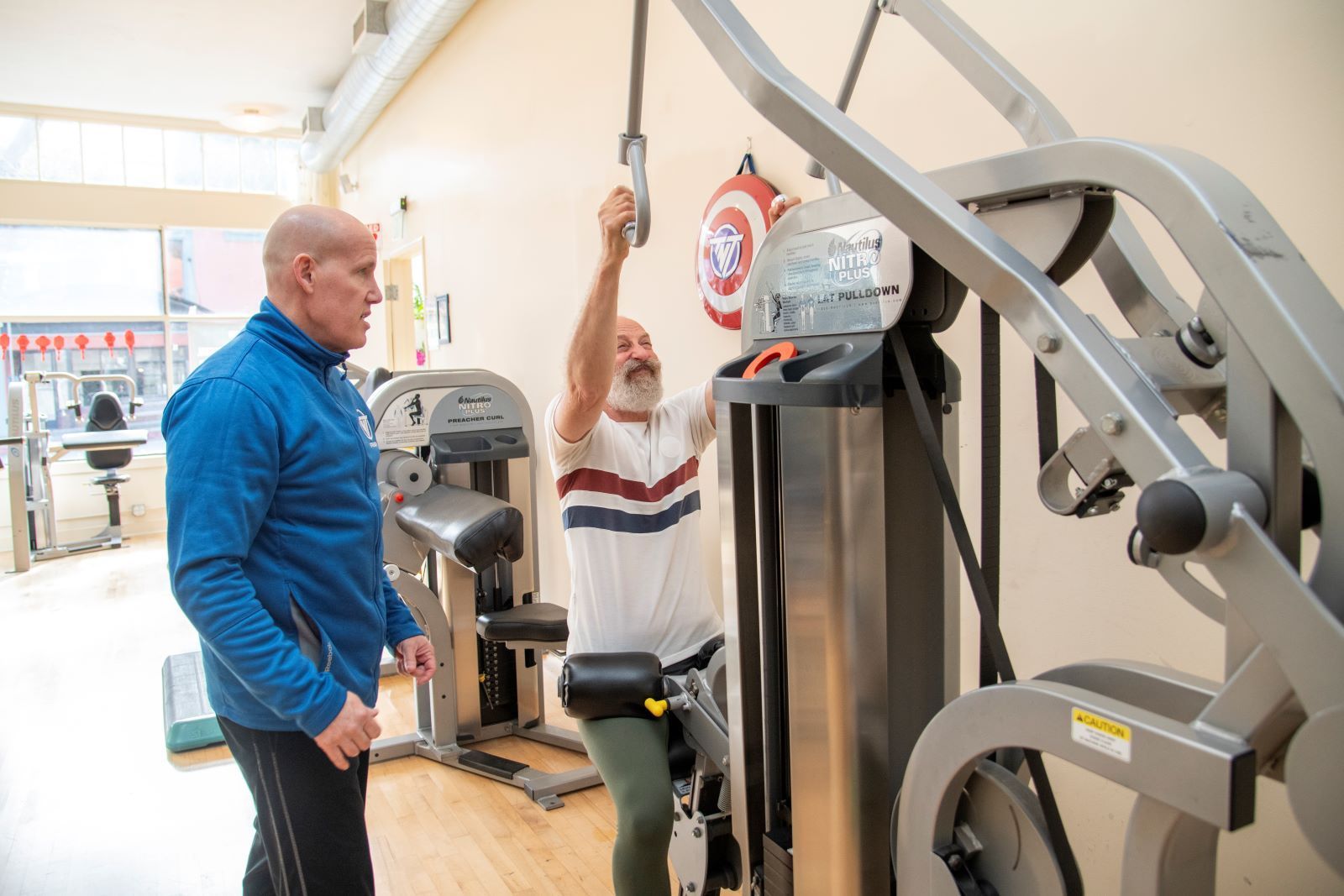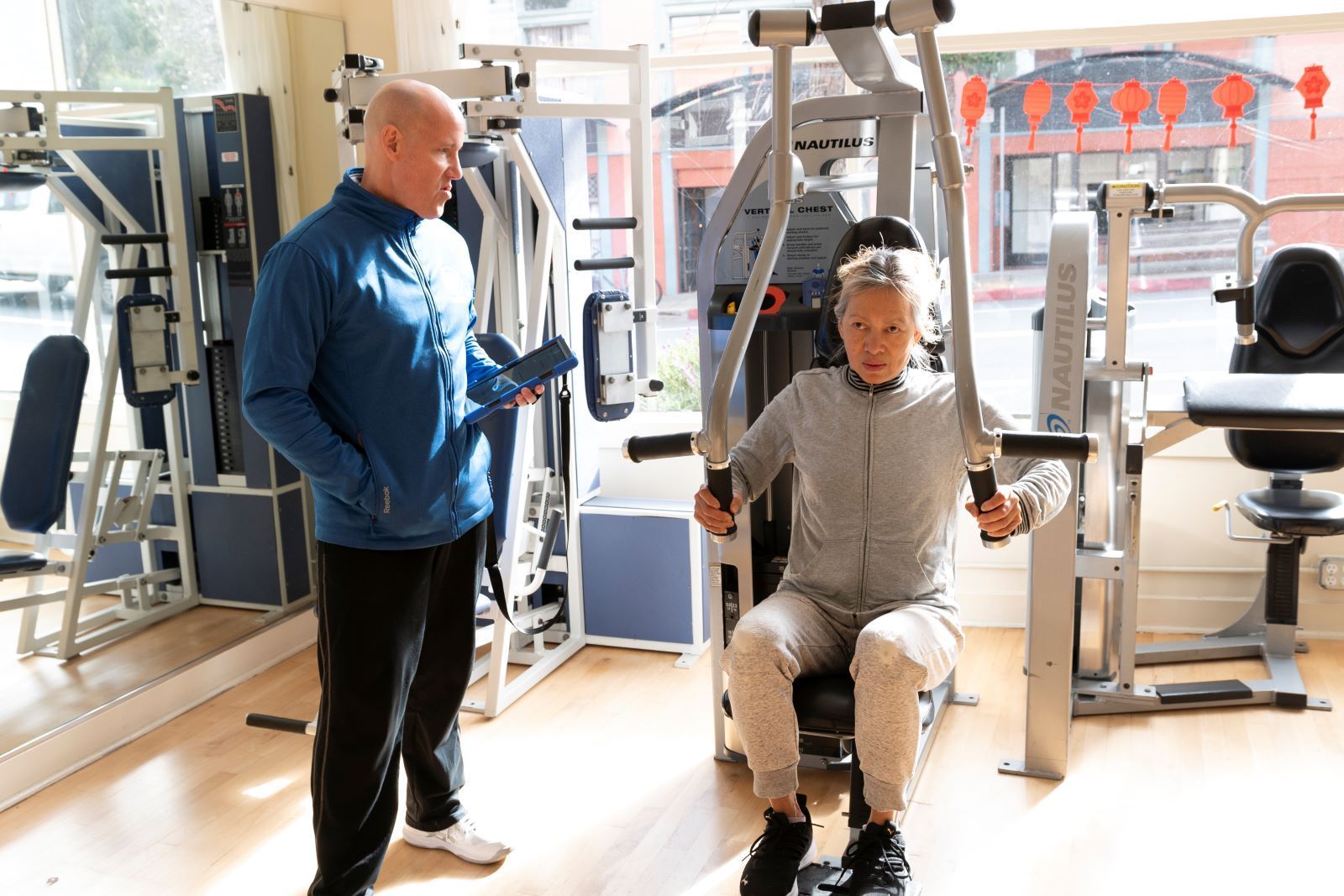FUNCTIONAL TRAINING PART 3.
In the past few years I’ve seen a huge transition in the fitness industry. More and more people are using functional training and some argue it’s the only way to train. The purpose of this article is to give people an understanding of what functional training is and what it does and does not do.
First, let’s look at what functional actually means:
Functional – Func.tion.al
1. capable of operating or functioning
2. capable of serving the purpose for whit it was intended
(Webster’s Encyclopedia 2nd Edition, 1996)
Based on that definition, you can draw many conclusions as to what is functional. Depending upon who you ask, you will most likely get a diverse variety of responses as to what is functional. All human movement is a combination of various functions. Human movement cannot take place without muscular function. According to the functional training “experts”, functional training uses bands, balls, free-weights, and plyometric exercises in an attempt to condition the body in an unstable environment. Many of the experts feel that performing exercises that mimic activities or specific skills is the most effective way to train, regardless of ones goal.
What is the safest, most efficient and effective way to optimize human performance?
—————————————————
Factors Affecting Human Performance
—————————————————
In order to maximize human performance, you must have a good understanding of what affects performance. The factors that play the greatest role in performance are:
* Power (strength and speed)
* Agility (flexibility/mobility/stability)
* Cardiovascular and respiratory conditioning
* Sport Skill (neuromuscular coordination and efficiency
* Genetic Potential
Let’s take a look at each factor and determine which training methods are going to deliver optimal results. By optimal results, I mean the greatest amount of improvement, with the least amount of risk and in the shortest amount of time.
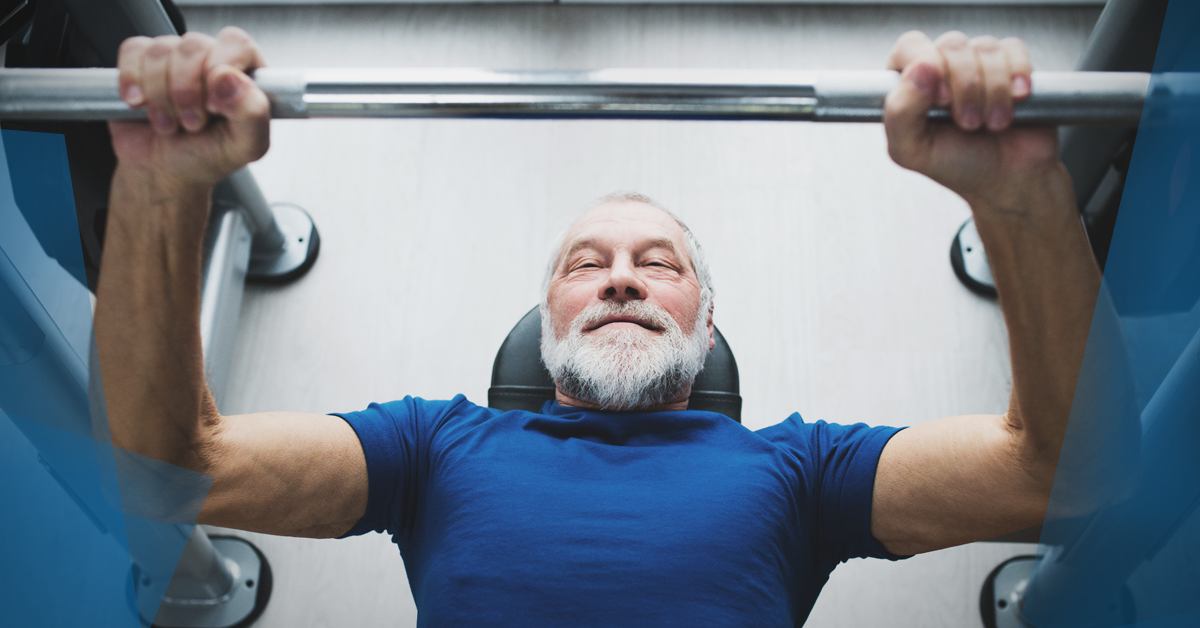
Power
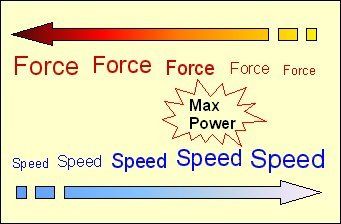
Power = Force x Distance / Time
Power can be increased three ways:
1. Increase Force (Strength)
2. Increase Speed
3. Increase Distance (flexibility / range of motion)
What is the most effective method of increasing strength and/or muscle tissue? In my opinion, High Intensity Strength Training is the most productive, safe and time efficient approach available. I am not stating that one set of each exercise is the best choice. My definition of High Intensity Training is: training to momentary muscular failure, with brief and infrequent workouts in which all variables are prescribed based on the individuals: goals, age, current fitness level, fiber types, personal preference and past experience.
The purpose of strength training is to increase strength and lean body mass, NOT for training a specific skill or movement – that’s called practice! People strength train for many reasons and there are many methods that work. For years, many trainers and coaches have had their clients and athletes perform Olympic lifts because they feel it will transfer over into the performance of their skill.
Numerous studies have shown that the neurological transfer of skills is not optimal unless the skill is practiced EXACTLY as it is performed in competition. Therefore, performing power cleans because you play football is NOT optimal. Performing power-cleans will only get you better at performing power-cleans! Focus on increasing strength and lean body mass and practice your skill exactly as it is performed during competition.
2. Increase Speed
Increasing the speed at which a skill is performed is another great way to improve power. Speed is primarily predetermined by the individual’s genetic make up. However, that does not mean that you cannot improve speed by practicing the skill EXACTLY as it is performed in competition. A great deal of focus should be placed on perfecting the technique. By practicing the skill in this manner, you will improve neuromuscular efficiency, which will result in faster and more accurate performance.
3. Increase Distance (flexibility / range of motion)
Increasing flexibility is another way to improve power. By increasing flexibility, you increase the distance that force is applied which results in an increase in power.
The safest and most effective method to increase flexibility is by performing full range of motion exercises and incorporating a sound stretching routine.
Agility
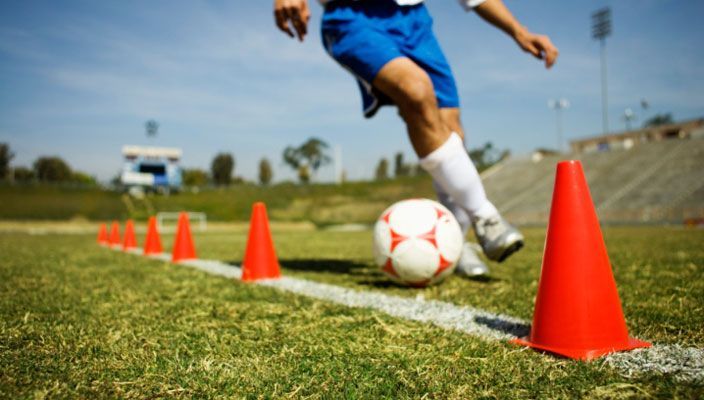
Improving ones agility is another way of optimizing performance. Agility drills should be SPECIFIC to the activity or event. For example, having someone do plyometric jumps off of boxes is NOT specific to someone who plays basketball! Yes, a basketball player jumps, but not off of boxes. Having the athlete practice jumping from the floor would be much more specific to their sport. Always ask yourself, “What is the goal?” “Is what I’m doing going to give me the outcome I desire?” “Is it optimal?”
Cardiovascular and Respiratory Conditioning
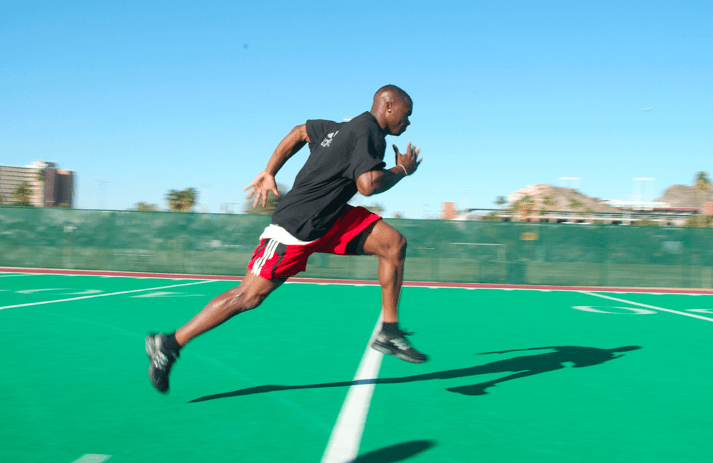
Increasing cardio/respiratory output and endurance is another factor that has a major impact on performance. This topic is one of such importance that it is beyond the scope of this article. In general, if you increase the individual’s cardiovascular and respiratory output and endurance, there will be a corresponding increase in performance.
Cardiovascular training should also be specifically geared towards improving the individuals conditioning in the metabolic pathway in which they compete or perform. For example, someone who plays tennis should primarily train at a slow to moderate pace and incorporate bursts of high intensity effort. Interval training would be a good choice for this individual. Keep the training specific to the individual.
Sport Skill
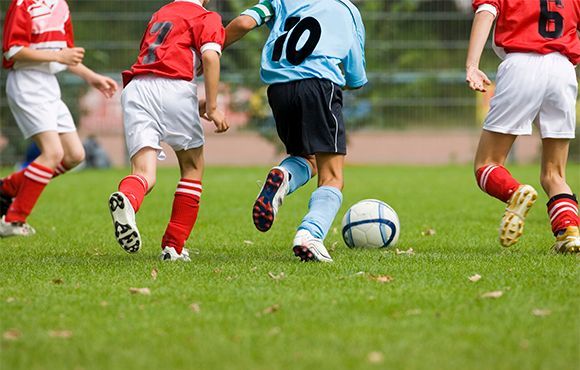
This is an area in which there is a lot of confusion among many athletes, coaches and trainers. Skill acquisition and strength levels are two completely different things. Therefore, they should be trained separately and with different methods. In order to optimize the performance of a specific skill or movement, it needs to be practiced EXACTLY as it is performed in competition. It has been shown that each activity or movement has its own neuromuscular pathway and that just because a movement is similar does NOT mean there will be a positive transfer or carryover of skill.
In order to maximize performance, the individual should attempt to perfect their movement or skill with endless hours of practice. The goal of practice should be to improve the technique, accuracy and increase the speed at which the skill can be performed. This topic was addressed earlier in the section titles “Increase Force.”
Genetic Potential
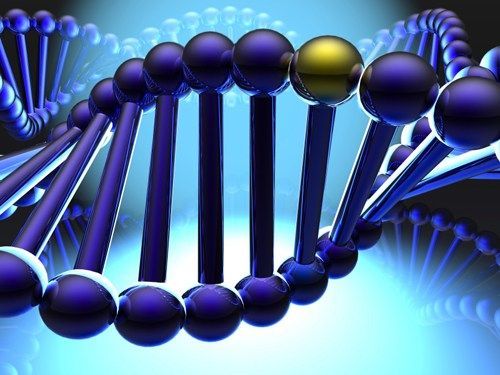
This is the factor that I have found to have the greatest impact on human performance. Genetic potential is something many people overlook. Regardless of what methods of training I use, I will never be a world-class marathoner. I can train twice a week or I can train 5 hours a day, it sill won’t change the fact that my body wasn’t designed to excel at endurance activities. I hear of too many coaches and trainers having people follow dangerous training programs in an attempt to drastically improve their performance. This is not to say that you cannot improve performance. When training yourself or a competitive athlete, always set realistic goals. As stated earlier, the best thing to do is utilize the most effective methods available and work hard!
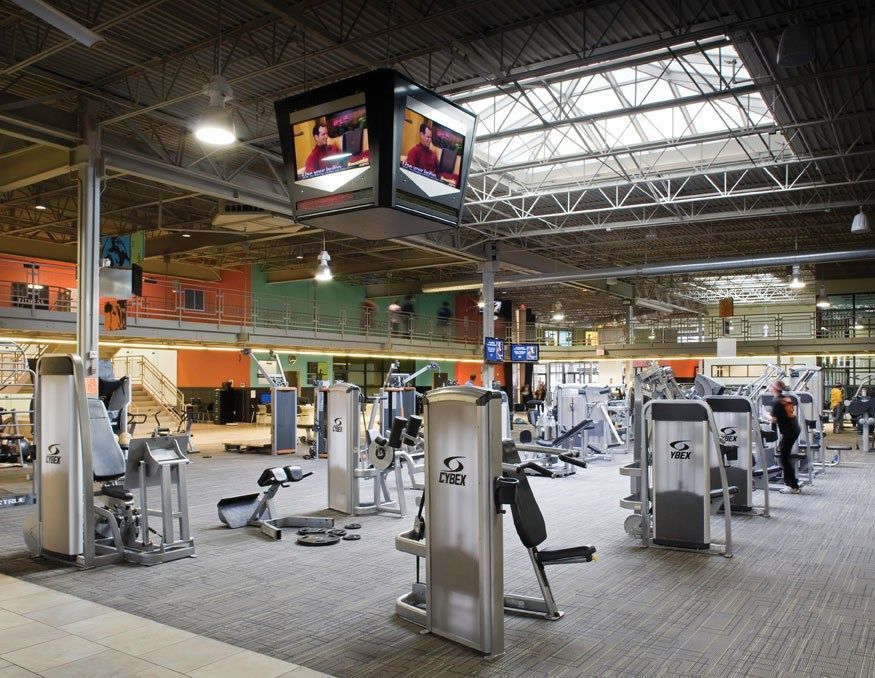
———————————————————
Differences Between Functional Training & Machine Based Training
———————————————————
Most, if not all of the so-called functional exercises fail to supply constant and variable resistance. Most quality machines supply constant tension and variable resistance based on the strength curve of the particular muscle and track proper joint function.
For example, compare dumbbell bicep curls on a Swiss ball to a bicep curl on a quality machine (such as Hammer Strength.) While performing the dumbbell curl, there is no tension on the biceps in the bottom or top positions. The resistance is greatest when the dumbbell is perpendicular to the floor. The amount of stimulus is also decreased due to the fact that the individual must balance his/her self on the ball.
While using a machine, there is constant tension on the biceps and the amount of tension varies during the exercise based on the strength curve of the biceps muscle. Which is going to make the individual stronger? Which is going to stimulate more muscle fibers in the biceps?
In my opinion, machine based training is by far superior if the goal is to increase strength and/or muscle tissue. Keep in mind that more muscle equates to a faster, stronger and better athlete, providing they practice their specific skill(s) or movement(s).
This is not to say that functional exercises serve no purpose. There are benefits to functional exercise; just not as many as some people are lead to believe. Exercise selection and the training methods used should be based on the individual’s goals. Instances where functional training may be effective would be in individuals who need to improve balance, stability and neuromuscular coordination.
———————————————————–
Conclusion
———————————————————–
Functional training obviously has some benefit and can be a great addition to a well-designed strength program. However, I personally feel it should never take the place of a structured strength training routine. I recommend using a combination approach, which utilizes machines, free-weights, bodyweight, balls, bands and anything that is going to deliver the desired results.
Always remember that training for strength and/or increases in muscle tissue and training for skill are two completely different things. When designing or assessing a training program, the following questions should be asked: What is the goal? Is it time efficient? Is it safe? Is it delivering the desired results? Is it optimal?
References
1. Schmidt, R.A: Motor Learning and Performance -> From Principles to Practice. Human Kinetics Books; Champaign, IL 1991
2. Bryzcki, Matt: A Practical Approach to Strength Training, Masters Press; Indianapolis, IN 1995
3. Magil, R: Motor Learning – Concepts and Application, 4th Edition, C. Brown Publishing, Madison, WI 1993
4. Chek, Paul: What is Functional Exercise? (Article), C.H.E.K Institute
5. Calais-Germaine, Blandine: Anatomy of Movement, Easterland Press, Seattle, WA 1993
6. Tortora, Gerard, J: Principles of Human Anatomy, 5th Edition, Harper Collins Publishers, New York, NY 1989
7. Stein, Alan: Improving Athletic Power (Article), Hard Training Newsletter
8. Manny, Ken: Skill Development: An Open and Closed Case (Article) www.naturalstrength.com
9. Kielbaso, Jim: Ploys – My Story (Article) www.cyberpump.com
TAKU’s NOTE : This weeks Article written by certified fitness trainer and best-selling author, Jesse Cannone CFT, CPRS, CSPN. For more great fitness articles be sure to visit Jesse’s website http://w ww.gethealthyandfit.com
TNT has over 35 years of combined fitness experience, so if you’re looking for a coach who can train you online from anywhere in the world, visit our online training page to book a consultation.
TNT wants you to maximize your strength as safely and efficiently as possible, so if you’re looking for a stand alone workout plan, check out our 6-week bespoke strength training and nutrition programs.
Recent Articles
